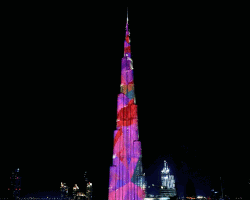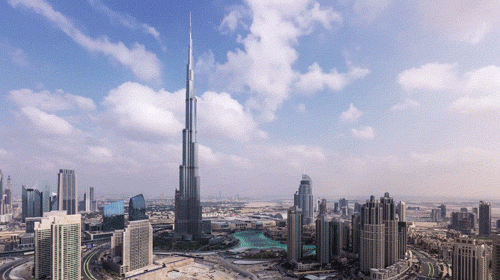
Burj Khalifa:
The World's Tallest Building
by Kenneth Lyen

The honour of being the tallest skyscraper building in the world belongs to the Burj Khalifa in Dubai. It is 828 m tall and was built in 2010.
Unfortunately some people cheat by including a broadcasting antenna to be included in the measurement. Another form of cheating was done by Chevron and Marathon Oil when they claimed that their deepwater Petronius Oil Platform which is 640 m tall can be included to compete with the tallest structures in the world. However, most of its structure is under water and only 75 m is above water. Personally, I would exclude oil platforms and radio-TV antennas from the competition.
The Burj Khalifa is a luxury building with two observation decks and four swimming pools. The high-speed elevators travel at 18 m/sec (40 mph), making it one of the fastest in the world. You have to pay an entrance fee to go into the observation deck. (Even Singapore’s Marina Bay Sands charges an entrance fee.)


Here’s a question: why do you want to build the tallest structure in the world? I do not see the point. I remember going up the Empire State Building in New York which was a mere 381 m in height. Pity I never went up the original 1973 twin towers of the World Trade Center which was 415 m tall, but was destroyed in the terrorist attack of 11 September 2001. Now I don’t have the chance of going up.
The fifth tallest building in the world is the Petronas twin towers in Kuala Lumpur which is 452 m tall. But Malaysia wants to outdo itself and is currently constructing the Merdeka Building which will be 566 m tall, excluding the antenna spire which I don’t think should be included in the building height statement. This then makes it the third tallest building in the world. It is supposed to be completed at the end of 2022, but because of the COVID-19 pandemic, there are fears that it will not meet this deadline.
The Shanghai Tower is 587 m tall, and is currently ranked the second tallest building in the world. Problems have been facing this building including water leaks in 2020, and only 60% of office space has been leased out, of which only 33% of the tenants have moved in.
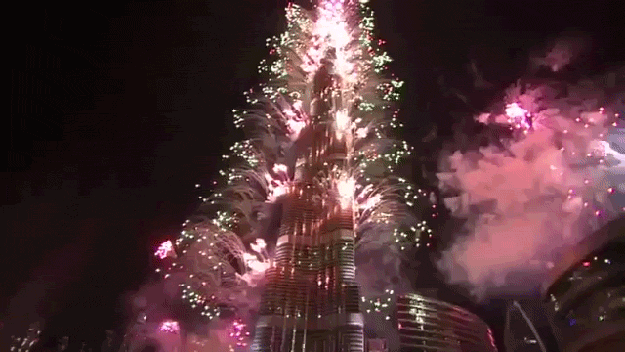

I would agree with Rowan Moore who wrote in the Guardian Newspaper that it is time to stop building skyscrapers. The energy consumption and carbon emissions due to heating or cooling the building, and to operate the lifts, is 20% more than medium height buildings. They also use more steel and concrete to strengthen the building and to prevent swaying of the building due to winds. Both steel and concrete production will cause carbon dioxide emission.
Blowing one's own trumpet by building the world's tallest building is a form of national narcissism. It adds to global warming and does not really benefit the country.
A recent BBC article says that Hong Kong has the most skyscrapers in the world. They use 90% of the city's electricity and are responsible for 60% of the greenhouse gas emissions. However, Hong Kong is aiming to be carbon neutral by the year 2050. It hopes to help attain this goal in highrise buildings by switching off lifts, escalators, air-condioners and lights when they are not in use. Well, let's hope they succeed, and this will dispel my natural scepticism.
In the meantime I would like to advocate stopping the construction such skyscrapers. I hope that the money saved can be diverted to helping restore nature to a healthier condition.
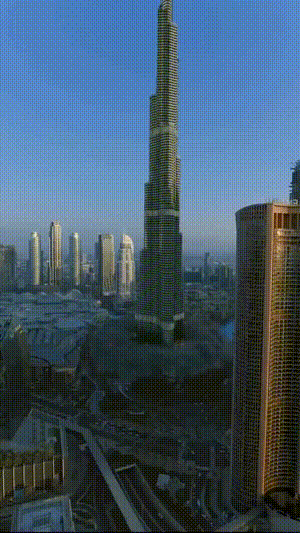
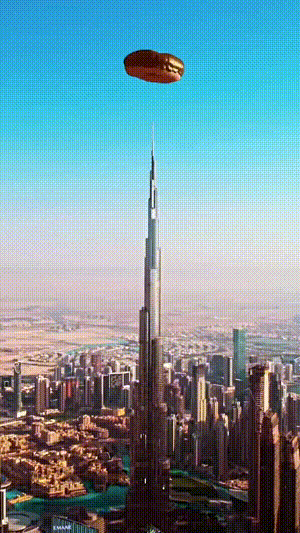
Reference
Moore R. Wasteful, damaging and outmoded: is it time to stop building skyscrapers?
Keegan M. Hong Kong, the world's capital of tall buildings, is turning up the dial on high-rise sustainable design, as the city aims for net-zero emissions by 2050.
https://www.bbc.com/future/article/20210209-hong-kong-the-worlds-greenest-skyscrapers
Ahlfeldt GM and Barr J. Do skyscrapers make economic sense? LSE Centre for Economic Performance. http://bit.ly/3hUSq6g
Written by Kenneth Lyen
21 Jan 2022
%20a%20Ken%20Lyen.jpg)
